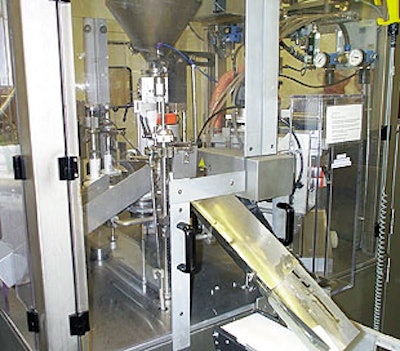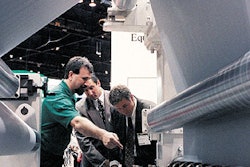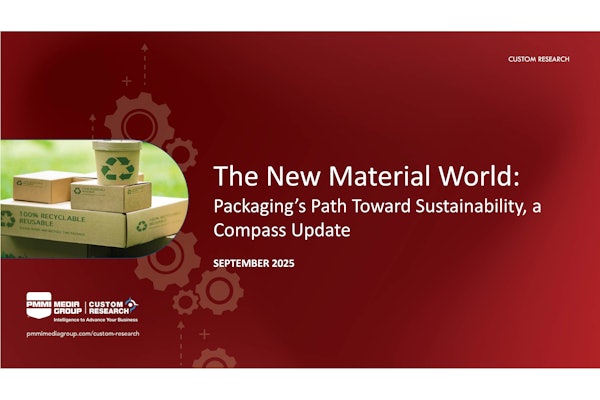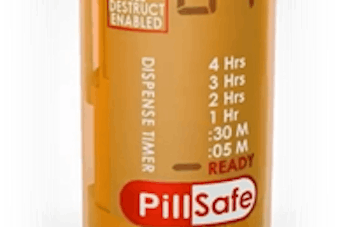
At the Ada, MI, headquarters operations of Access Business Group, Inc., formerly Amway, a photocell provided on a tube filler proved unreliable at reading registration marks, even when personnel darkened the room to enhance its reading capability. It was also affected by dust, which could partly obscure the photocell and lead to misreads, says Bob Farmer, senior cosmetics facility engineer.
With that unreliability directly contributing to a scrap rate of 1 to 3%, Access couldn’t turn a blind eye to the problem. The company found a solution in an F10-S30R vision sensor from Omron Electronics (Schaumburg, IL) installed in late ’99. The pattern-matching, continuous-scan vision sensor carries a list price of $1겨 and features an easy, one-button teach function. Using eight red LEDs as a light source, the grayscale 200x190 pixel camera can be set for auto, normal or wide-field views.
“The prior sensor was very troublesome because it was affected by tube characteristics, including reflections, even with the lights out and the room dimmed,” says Farmer. “The Omron vision sensor virtually eliminated that problem.” The use of the new sensor is part of a wider implementation of economical vision sensors at Access (see Packaging World, Dec. ’00, p. 33).
In operation at the plant since ’96, the German-made IWK (Fairfield, NJ) Model TFS-20 rotary tube filler indexes 14 tube-carrying pucks through eight active stations. This is typically done at a rate of 50 tubes/min, but it can go as fast as 65 tubes/min. Tubes range in volumes from 30 mL to 250 mL or more, and they’re supplied in a product-dependent variety of shapes and colors. The tubes are bottom-filled with pumpable personal-care products. The day of Packaging World’s visit, 75-mL tubes of Artistry® brand moisturizer (shown) were run. These opaque tubes are printed with a black registration mark.



















